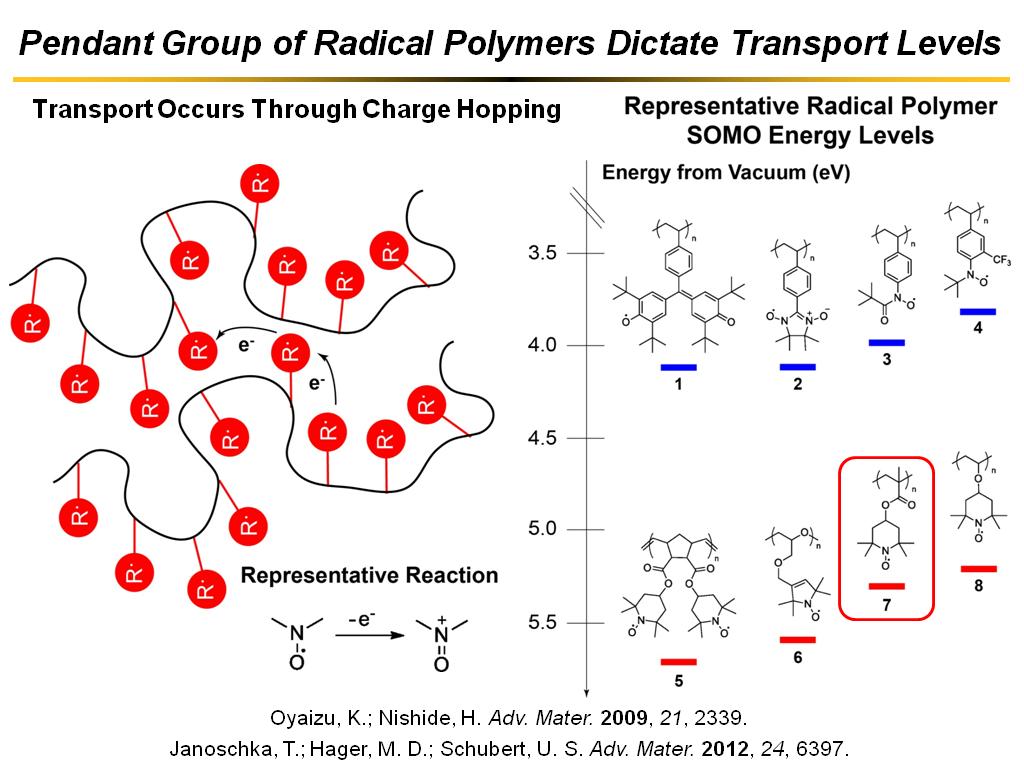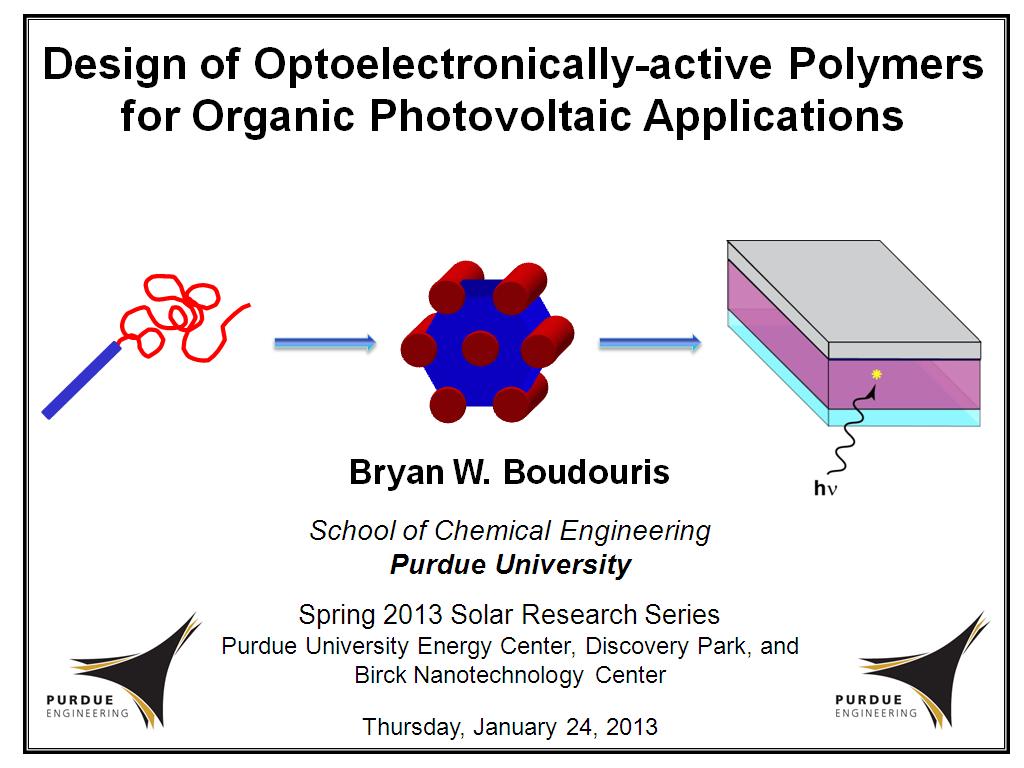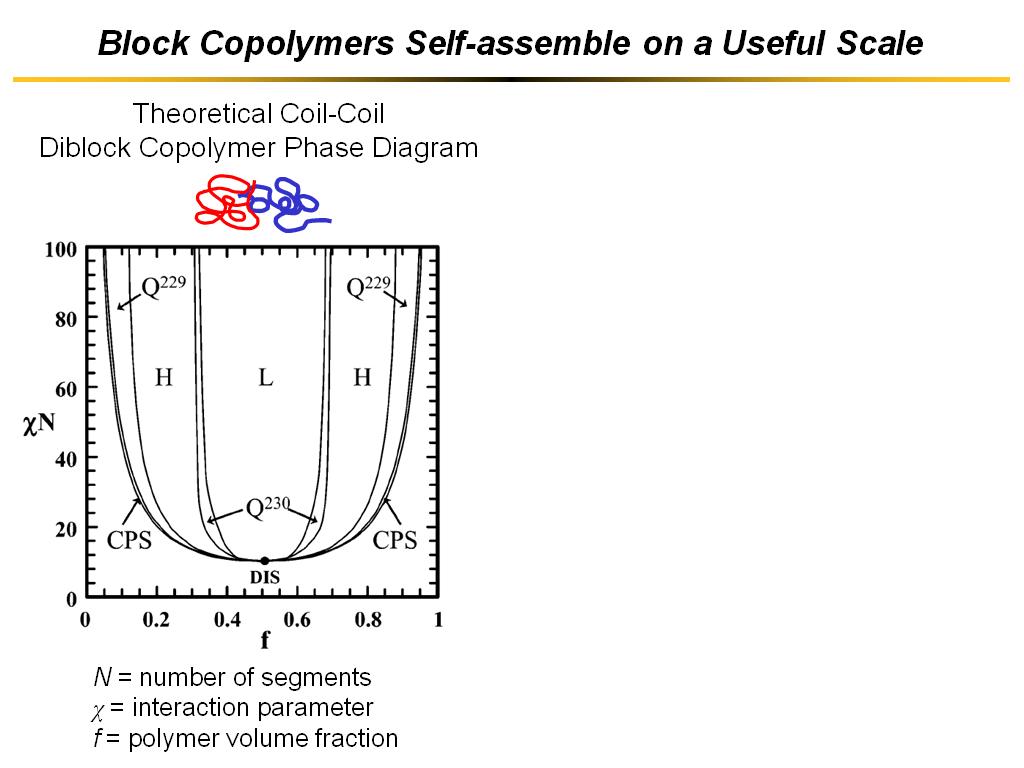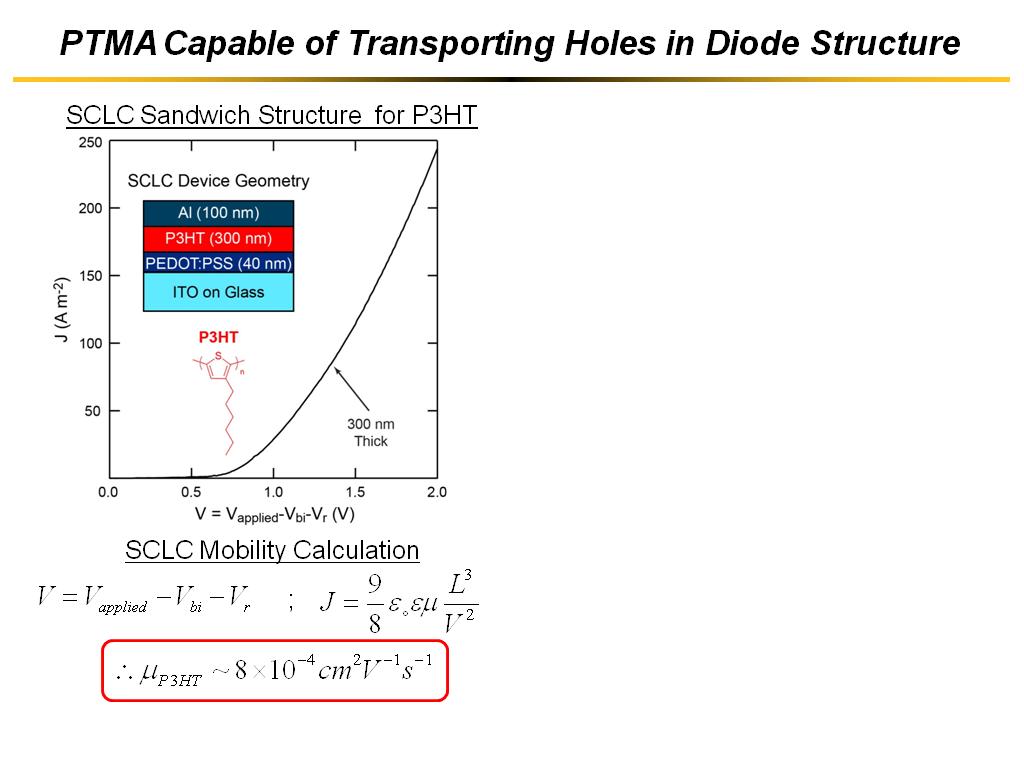Design of Optoelectronically-active Polymers for Organic Photovoltaic Applications
Design of Optoelectronically-active Polymers for Organic Photovoltaic Applications
-
 1. Design of Optoelectronically-a…
0
00:00/00:00
1. Design of Optoelectronically-a…
0
00:00/00:00 -
 2. Novel Materials Caused Plastic…
185.985985985986
00:00/00:00
2. Novel Materials Caused Plastic…
185.985985985986
00:00/00:00 -
 3. Rapid Efficiency Increases in …
327.39406072739405
00:00/00:00
3. Rapid Efficiency Increases in …
327.39406072739405
00:00/00:00 -
 4. Nanoscale Morphology and Inter…
438.304971638305
00:00/00:00
4. Nanoscale Morphology and Inter…
438.304971638305
00:00/00:00 -
 5. Organic Semiconductors General…
671.93860527193863
00:00/00:00
5. Organic Semiconductors General…
671.93860527193863
00:00/00:00 -
 6. Current Active Layer Microstru…
763.09642976309647
00:00/00:00
6. Current Active Layer Microstru…
763.09642976309647
00:00/00:00 -
 7. Block Copolymers Self-assemble…
884.11745078411752
00:00/00:00
7. Block Copolymers Self-assemble…
884.11745078411752
00:00/00:00 -
 8. Poly(3-hexylthiophene) (P3HT) …
994.56122789456128
00:00/00:00
8. Poly(3-hexylthiophene) (P3HT) …
994.56122789456128
00:00/00:00 -
 9. P3HT Block Copolymers Lack Lon…
1079.8465131798466
00:00/00:00
9. P3HT Block Copolymers Lack Lon…
1079.8465131798466
00:00/00:00 -
 10. Strong Crystallization Forces …
1107.9079079079079
00:00/00:00
10. Strong Crystallization Forces …
1107.9079079079079
00:00/00:00 -
 11. Poly(3-alkylthiophenes) are Re…
1141.9419419419419
00:00/00:00
11. Poly(3-alkylthiophenes) are Re…
1141.9419419419419
00:00/00:00 -
 12. P3EHT BCPs Can Be Used to Gene…
1233.6336336336337
00:00/00:00
12. P3EHT BCPs Can Be Used to Gene…
1233.6336336336337
00:00/00:00 -
 13. P3EHT Block Copolymers for Ord…
1309.5095095095096
00:00/00:00
13. P3EHT Block Copolymers for Ord…
1309.5095095095096
00:00/00:00 -
 14. Polylactide (PLA) Selectively …
1336.4698031364699
00:00/00:00
14. Polylactide (PLA) Selectively …
1336.4698031364699
00:00/00:00 -
 15. Two Controlled Polymerizations…
1378.3783783783783
00:00/00:00
15. Two Controlled Polymerizations…
1378.3783783783783
00:00/00:00 -
 16. Examples of P3EHT Block Copoly…
1416.2495829162497
00:00/00:00
16. Examples of P3EHT Block Copoly…
1416.2495829162497
00:00/00:00 -
 17. P3EHT-PLA Block Copolymers Ret…
1492.0587253920587
00:00/00:00
17. P3EHT-PLA Block Copolymers Ret…
1492.0587253920587
00:00/00:00 -
 18. Many Ordered Microstructures O…
1643.5101768435102
00:00/00:00
18. Many Ordered Microstructures O…
1643.5101768435102
00:00/00:00 -
 19. Organic-Metal Interface Critic…
1646.3129796463131
00:00/00:00
19. Organic-Metal Interface Critic…
1646.3129796463131
00:00/00:00 -
 20. Radical Polymers: Soluble, Fle…
1799.3993993993995
00:00/00:00
20. Radical Polymers: Soluble, Fle…
1799.3993993993995
00:00/00:00 -
 21. Pendant Group of Radical Polym…
1910.0433767100435
00:00/00:00
21. Pendant Group of Radical Polym…
1910.0433767100435
00:00/00:00 -
 22. Facile Synthesis of PTMA via R…
2067.1338004671338
00:00/00:00
22. Facile Synthesis of PTMA via R…
2067.1338004671338
00:00/00:00 -
 23. Spectroscopy Shows Radical Con…
2188.4884884884887
00:00/00:00
23. Spectroscopy Shows Radical Con…
2188.4884884884887
00:00/00:00 -
 24. Slide 24: Untitled
2265.7991324657992
00:00/00:00
24. Slide 24: Untitled
2265.7991324657992
00:00/00:00 -
 25. PTMA Capable of Transporting H…
2366.3329996663333
00:00/00:00
25. PTMA Capable of Transporting H…
2366.3329996663333
00:00/00:00 -
 26. Altering Molecular Architectur…
2489.9232565899233
00:00/00:00
26. Altering Molecular Architectur…
2489.9232565899233
00:00/00:00 -
 27. Summary and Future Outlook
2518.9189189189192
00:00/00:00
27. Summary and Future Outlook
2518.9189189189192
00:00/00:00 -
 28. Acknowledgements
2614.8815482148816
00:00/00:00
28. Acknowledgements
2614.8815482148816
00:00/00:00 -
 29. Altering Molecular Architectur…
3040.3403403403404
00:00/00:00
29. Altering Molecular Architectur…
3040.3403403403404
00:00/00:00




























































